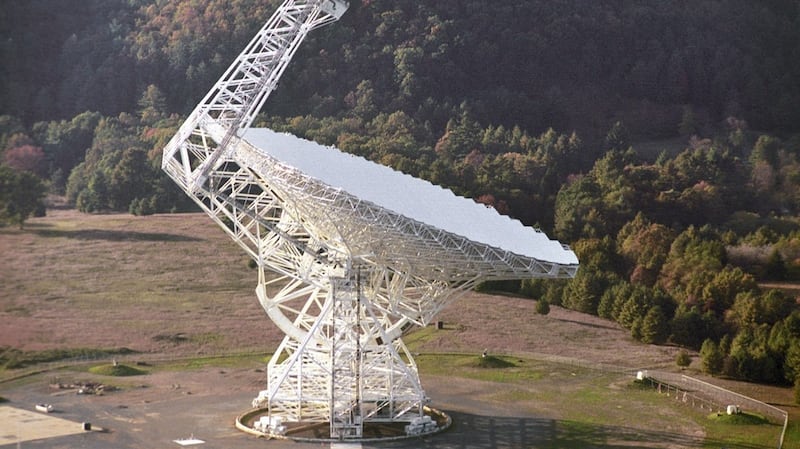A huge cigar-shaped object assumed to be an interstellar asteroid could be an alien starship, scientists believe.
The bizarre claim was made as researchers involved in Seti - the Search for Extra-Terrestrial Intelligence - prepared to turn a powerful dish telescope towards the mysterious celestial body dubbed “Oumuamua”.
Astronomers from the University of Hawaii spotted Oumuamua in October passing the Earth at about 85 times the distance to the moon.

It is the first object discovered in the solar system that appears to have originated from another part of the galaxy.
Although thought to be an asteroid, Oumuamua’s elongated cigar shape hundreds of metres in length but only one tenth as wide is highly unusual for a typical space rock.
Travelling at up to 315,000km/h, the object’s high speed also suggests that it is not gravitationally bound to the sun but is destined to head back out of the solar system.
A statement from the Seti project Breakthrough Listen, launched by Russian digital tech mogul Yuri Milner in 2015, said: “Researchers working on long-distance space transportation have previously suggested that a cigar or needle shape is the most likely architecture for an interstellar spacecraft, since this would minimise friction and damage from interstellar gas and dust.

“While a natural origin is more likely, there is currently no consensus on what that origin might have been, and Breakthrough Listen is well positioned to explore the possibility that Oumuamua could be an artifact.”
The Breakthrough Listen team is using the Green Bank radio telescope in West Virginia, US, to study Oumuamua, which is named after the Hawaian term for "scout" or "messenger".
From 8pm UK time on Wednesday, December 13th, the giant dish - the largest fully steerable radio telescope in the world - will “listen” to the object across four radio frequency bands spanning one to 12 gigahertz.
Lead scientist Dr Andrew Siemion, director of the Berkeley Seti Research Centre in California, said: "Oumuamua's presence within our solar system affords Breakthrough Listen an opportunity to reach unprecedented sensitivities to possible artificial transmitters and demonstrate our ability to track nearby, fast-moving objects.
“Whether this object turns out to be artificial or natural, it’s a great target for Listen.”
The object is currently about two astronomical units (AU) from Earth, or twice the distance between the Earth and the Sun.
At this distance it would take less than a minute for the Green Bank telescope to detect an omnidirectional transmitter with the power of a mobile phone.
Even if no evidence of extraterrestrial technology is found, the search could provide important information about gases surrounding Oumuamua or the presence or absence of water, say the researchers.
Breakthrough Listen aims to survey a million nearby stars and 100 nearby galaxies looking for alien signals.
Since the 1960s there have been more than 98 Seti projects around the world, none of which have turned up any convincing evidence of extraterrestrial civilisations. - PA













